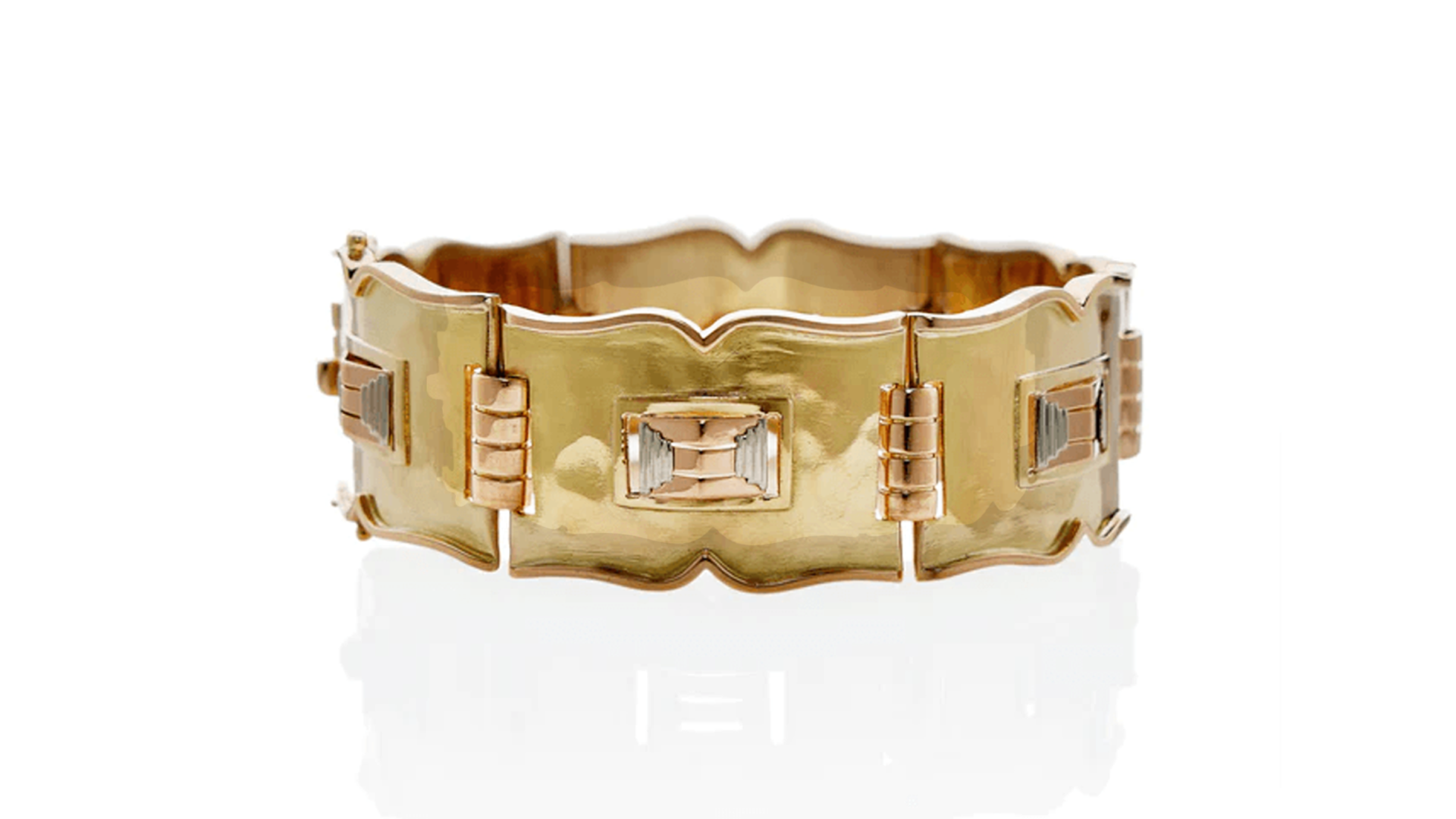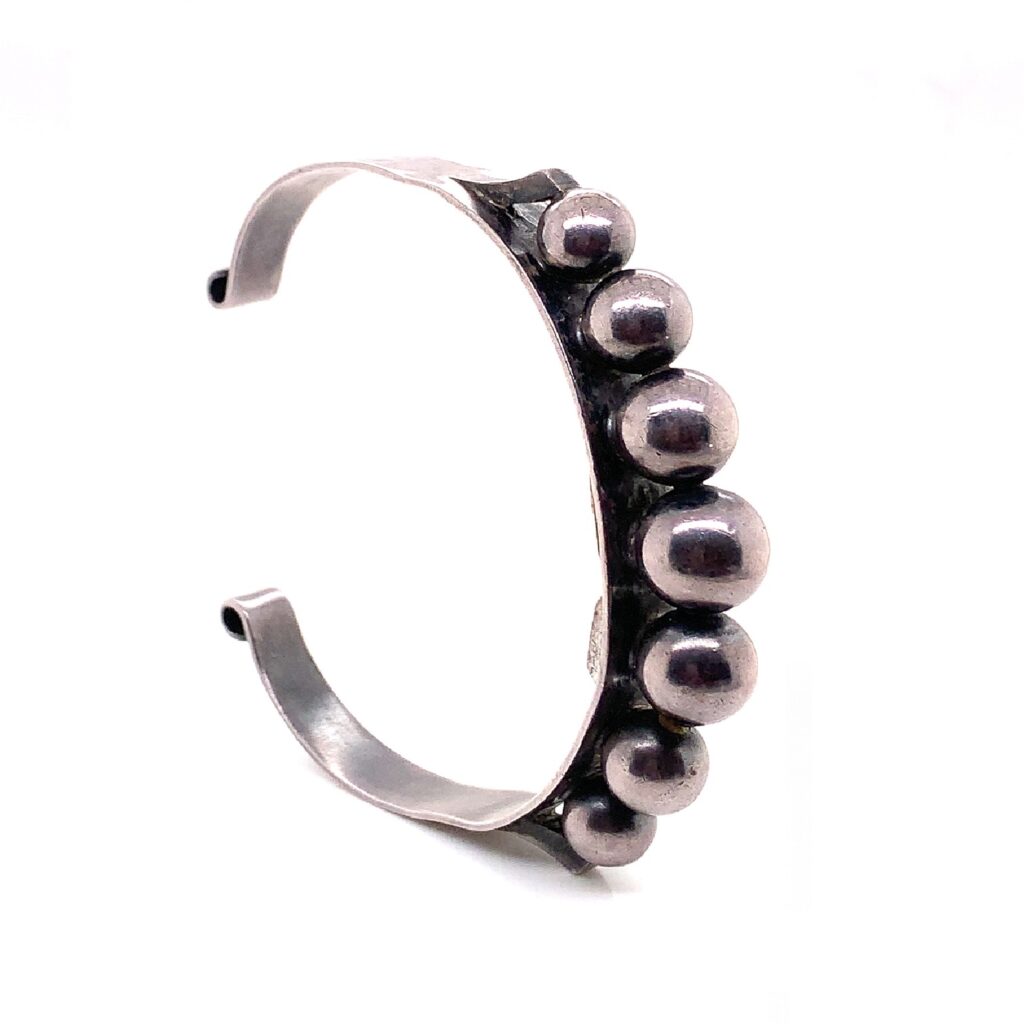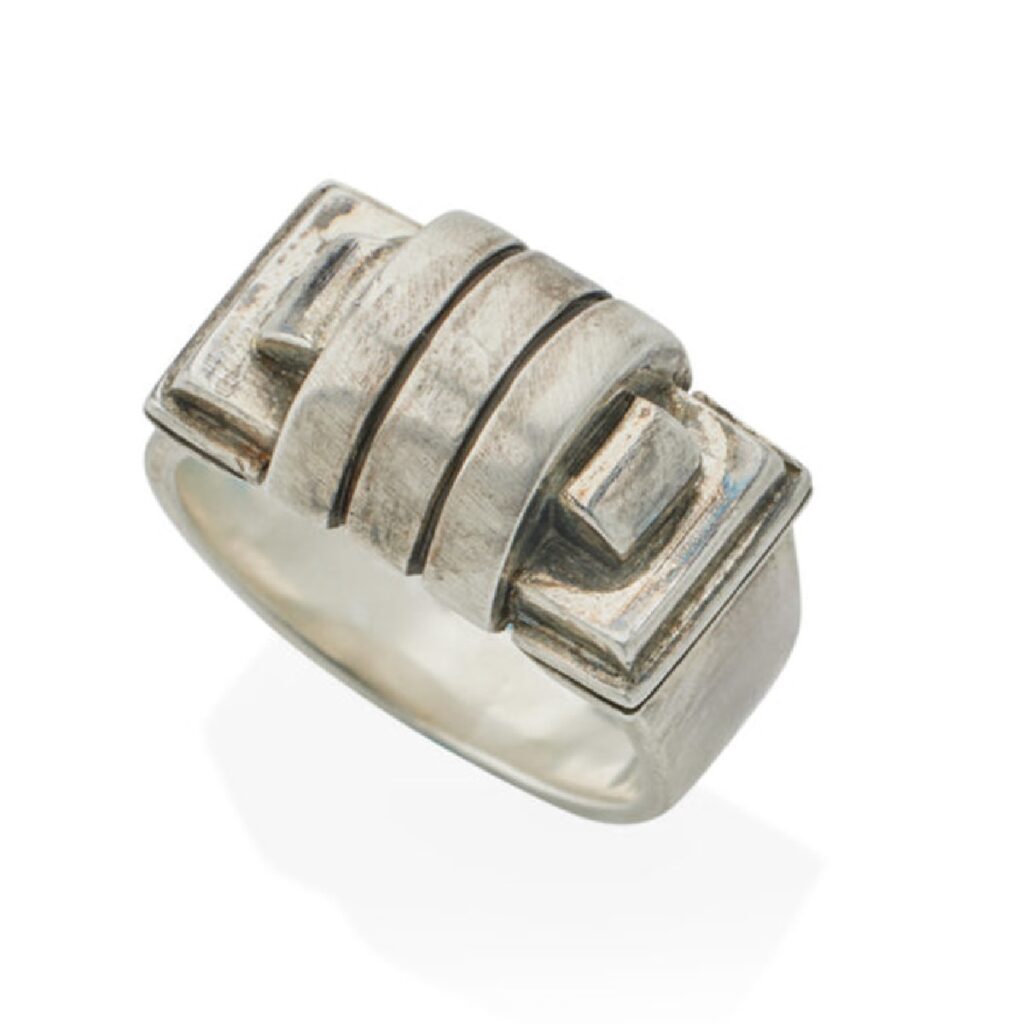
Every so often we encounter a jeweler who quietly makes a big impact. Jean Després was one of those jewelers. He was born in Avallon, a small town in the Burgundy region of France, on June 15, 1889. His father had a small shop, selling glass according to some sources, while other sources report it as a jewelry store.
As was customary at the time, Després’ father sent him to Paris to apprentice with a goldsmith. And what better place for an artist and jewelry maker than Paris in the early days of the 20th century when the City of Lights was filled with creatives from artists to writers and everyone in between. Després worked on his apprenticeship during the day and studied design at night.
Connected to Cubism
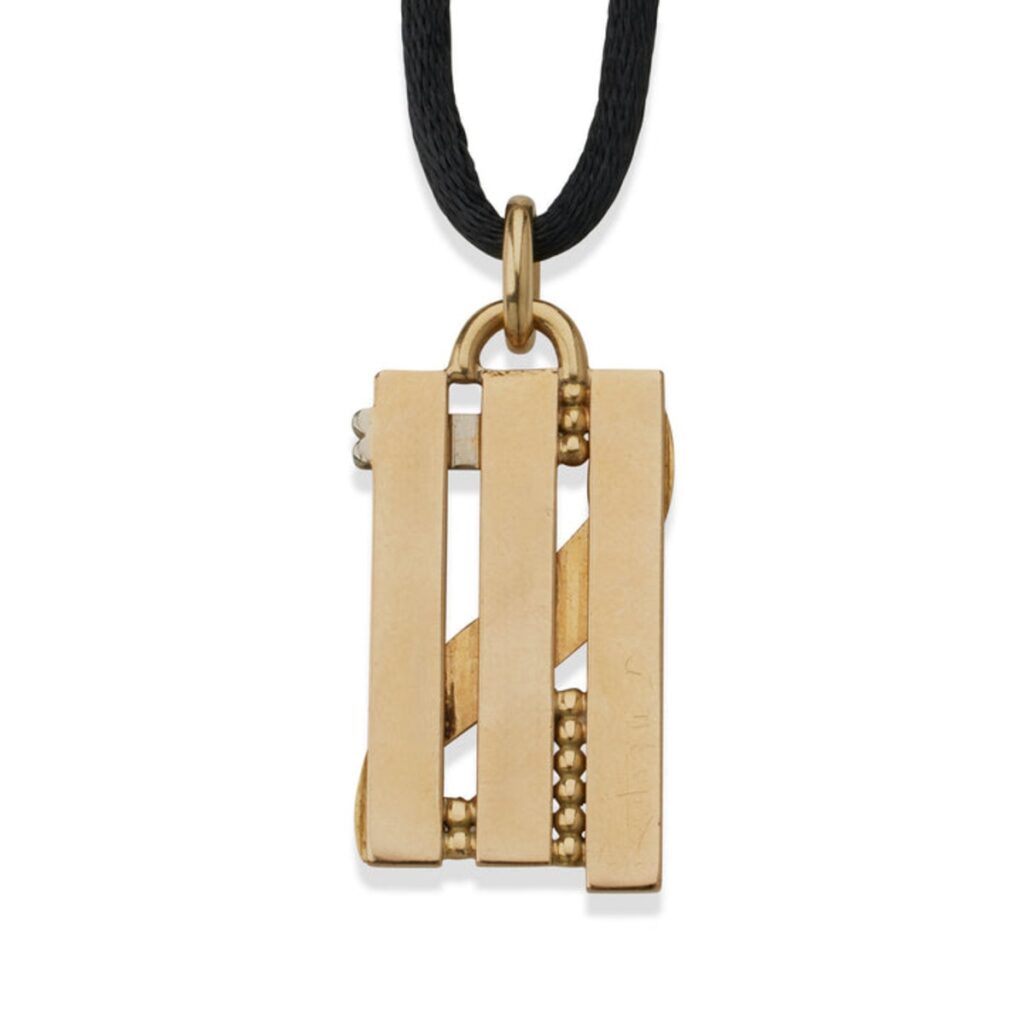
During his time in Paris, Després was drawn to the Montmarte district, where many of the most celebrated artists of the time lived and worked. It was there that Després met artists including Pablo Picasso, Amedeo Modigliani and George Braques, who became one of his best friends. These connections were significant because they were all artists working in a new style, with cubism at the forefront of this avant-garde artistic movement, which influenced Després in his later design work.
The outbreak of World War I changed everything and Després entered the service as an army messenger. He later joined the air force as a mechanic. His artistic talent was quickly noted and Després was promoted to draughtsman, designing airplane parts, an experience that also influenced his jewelry creations when he translated the shapes he saw in the factories where he worked during the war to jewelry that he made after the war ended.
Return to Avallon
Després returned to Avallon to run the family business after the war ended. He had a workshop installed so that he could work on his own pieces. Many of his designs were based on machine parts and while his jewelry looked machine made, it was all handmade. Després often made his jewelry in silver, sometimes in pewter, both of which tapped into the trend for white metals, but he did also work in gold. He mostly used very thin sheets of gold to add another layer of texture and color to his designs. Després also frequently hammered metals to add texture.
Studio Jeweler
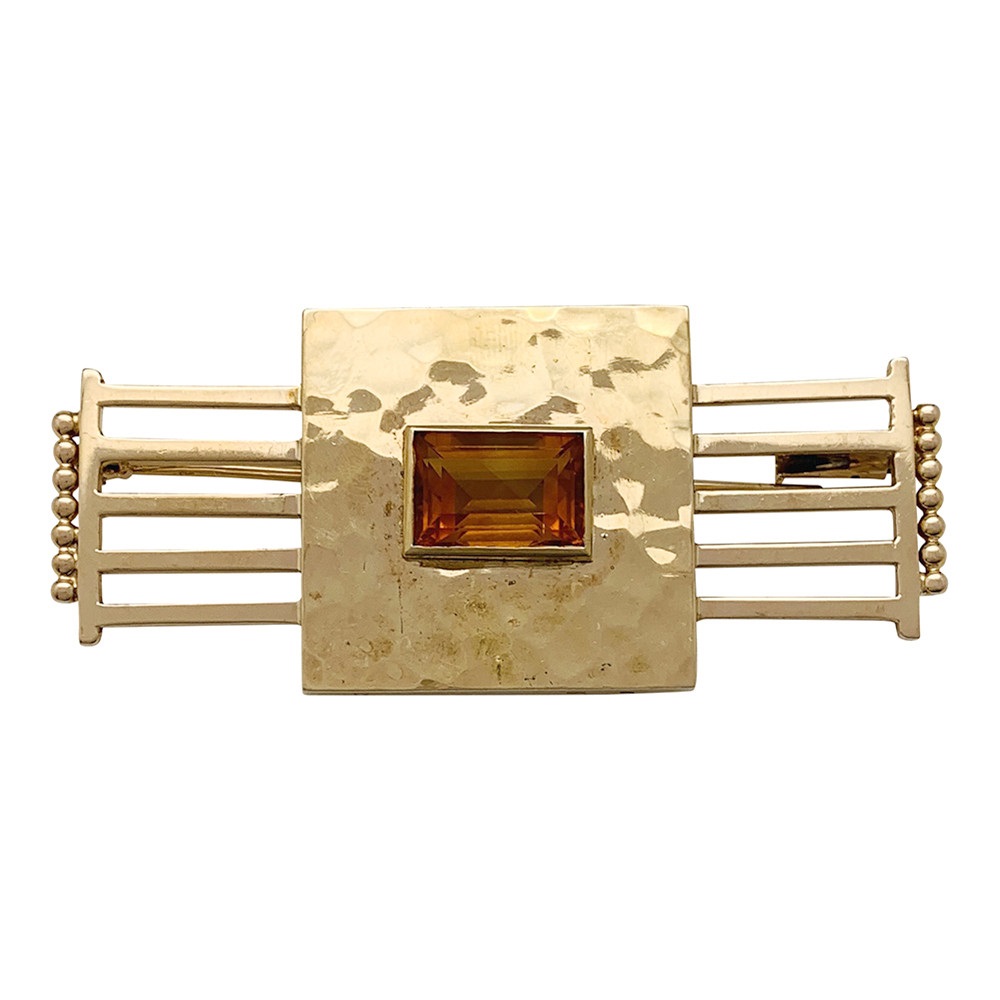
Després was a “studio jeweler” meaning that not only did he design the pieces, but he also fabricated each piece himself. Studio jewelers were independent artists who created one-of-a-kind or limited production pieces, often breaking from traditional design. While his jewelry was metal intensive, he did use coral, chalcedony, onyx, malachite, lapis, ivory and enamel for color and to create a pattern. In addition to jewelry, Després crafted decorative home accessories including coffee and tea service, vases, candelabras and more.
In 1925 Després exhibited at the L’Exposition Internationale des Arts Decoratifs et Industriels, where his work was much admired. He was an early member of the French Union Artistes Moderne founded in late 1929. The organization was comprised of decorators and architects, as well as some young jewelry designers who were looking to break away from the traditional jewelry designs for a more streamlined minimalist look that put design before value of materials used. In 1938, Després was awarded the French Legion of Honor.
Bijoux Moteurs and Bijoux Glace
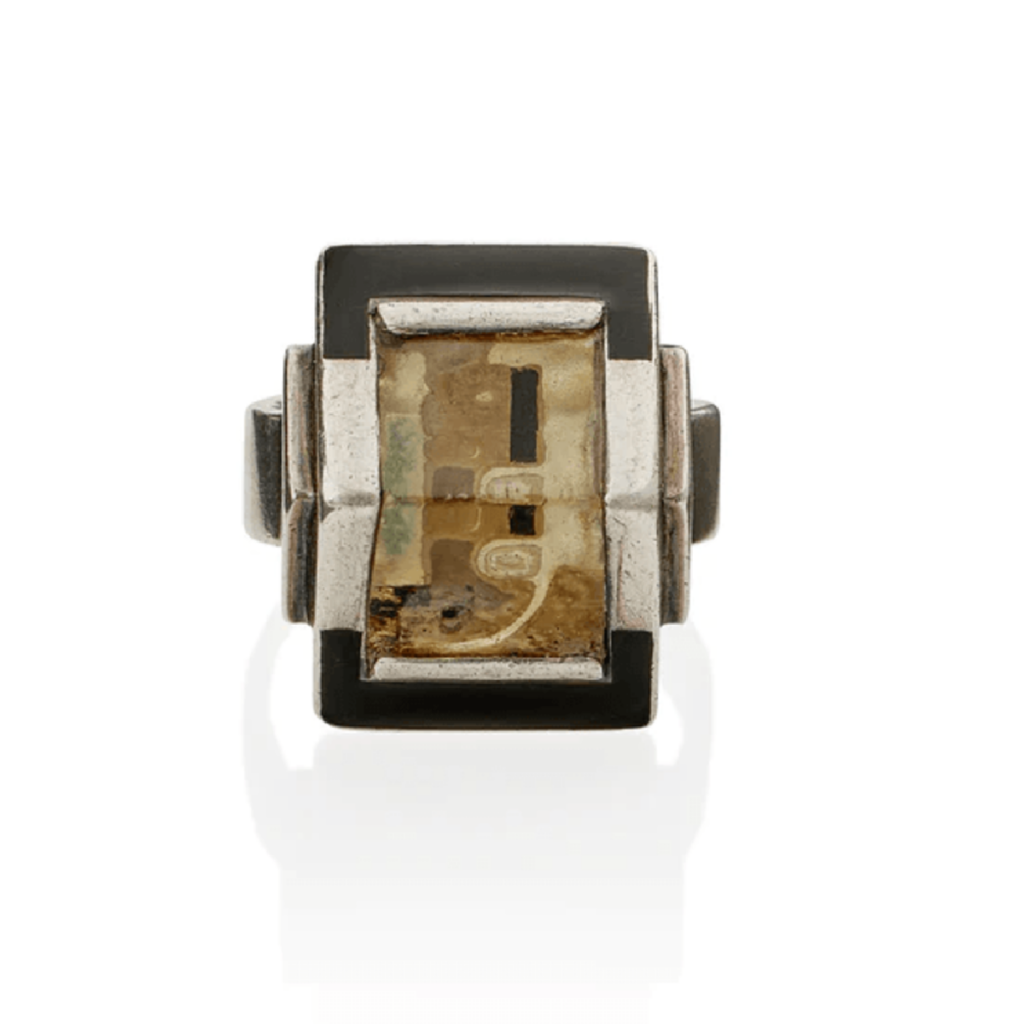
Després was well known for his engine jewelry that based designs on gears, cogs, ball bearings and other industrial items, echoing images in paintings by Fernand Leger, a French modernist painter and sculptor who also worked in a form of cubism.
Some of his best known pieces were made in collaboration with artist Étienne Cornault, who painted glass panels. Després made the settings and Cornault made miniature paintings in black and gray on glass that were set into the mountings. These works fascinated collectors, including performer extraordinaire, Josephine Baker, whose likeness is rumored to be on one of the paintings.
Baker, Andy Warhol, Paul Signac and Andre Malraux were some of the celebrity artists who collected jewelry made by Després. His work is also in the Metropolitan Museum of Art in New York City and Musee de Arts Moderne de la Ville de Paris. Després passed away in November of 1980 and his jewelry making skills went to the grave with him as he had chosen not to have an apprentice to continue his work, making his jewelry even more collectible.
Top of Page: Modernist, tri-color 18-karat gold bracelet, circa 1935-1940, signed J. Després, makers marks and French hallmarks, courtesy Macklowe Gallery (@macklowegallery).
Authored by Amber Michelle
